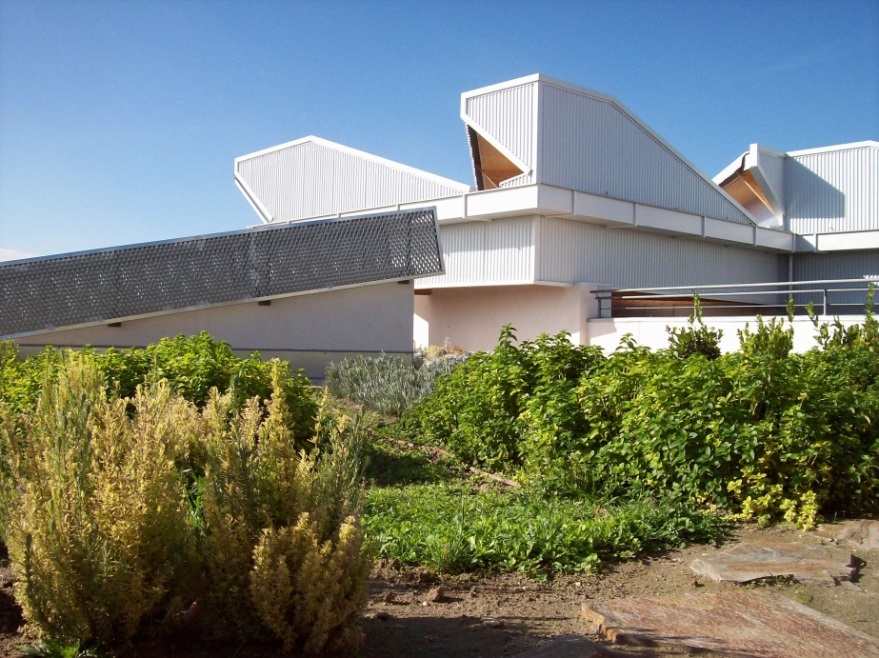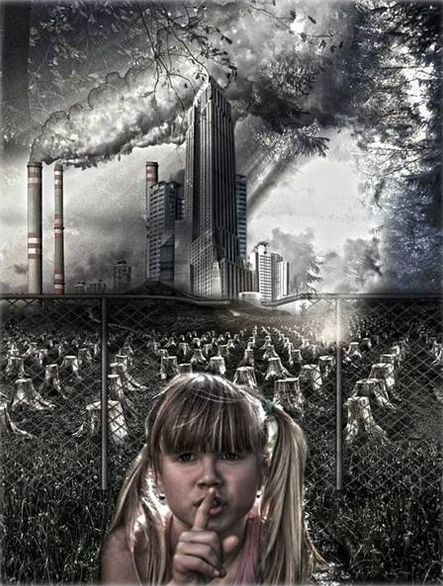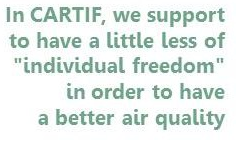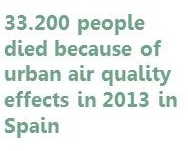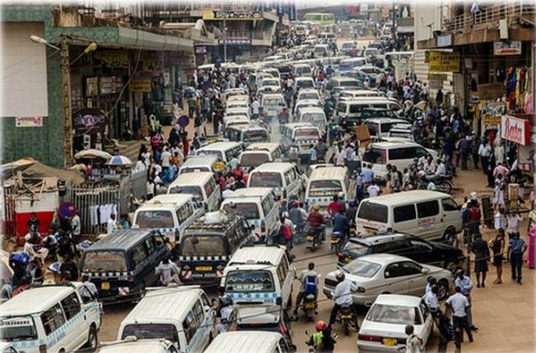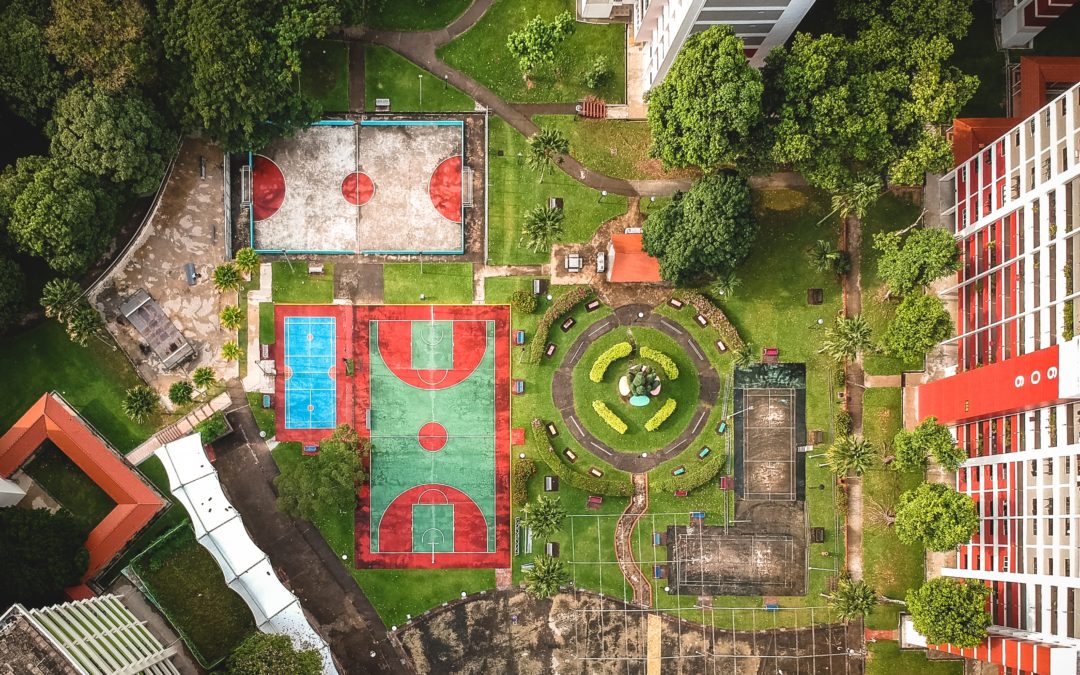
by José Fermoso Domínguez | Nov 5, 2021 | CARTIF Blog, Environment
The education that people receive during all his life it´ s been influenced by the environment in which we live. When we are young and we start to be conscious about the world, the society usually provide us with the models and with the level of knowledge that it is consider, in general, necessary. The families, the neighbourhood, health professionals and the school maybe are the ones that more influence exercise because from the adult society it is believed that they are the ones that can help us the most to teach the level of minimal culture that it is considered, as standard, necessary. Without entering into the discussion of the more appropriate educative model, the right thing is that nowadays we give a lot of emphasis to the type of education that it has to be offer in schools and in other education centers.
From the project LIFE myBUILDINGisGREEN, in which CARTIF takes part, we want to explore how incorporating healthy and re-naturalized spaces in schools, can help to, in addition to adapt the buildings to the climate change effects, to form people and to increase the culture in childhood.
Schools have a huge importance in girls and boys, as it is where they spend most part of their childhood and the new generations also begin to develop as individuals. On one side, they begin to acquire basic knowledge that is part of the colective culture and that in different degree humans are using. It is also where they begin to acquire values and reference models.
On the other side, the school building and its design it also has a huge influence in the learning, as it affect to the environmental conditions where lessons are developed. The humidity and temperature levels in the classes are relationed with the learning capacity 1,2,3,4. High temperatures could have a significative impact in the students efficiency, inhibit learning and generate stress. The interior thermic conditioning and the air renovation levels is a theme that was not taken into account in the construction of most of the schools that are nowadays in use and, in consequence, the environmental conditions of the education centers most of the times are not adequate. Should not be accepted that lessons can be develop with temperatures and air relative humidities below or beyond the range that it is established in the actual regulation (as it is the RITE5 case in Spain). Maybe, because of the singularity and importance of the schools, the standars should be even more restrictives that those considered by the regulation. In this sense, using natural solutions can be exploited the principles of the bioclimatic architecture to improve the thermal comfort of people inside the buildings. Moreover, these type of natural solutions also allow to improve the conditions in the outdoor play and physical activity areas, improving the quality of the learning environment.
But in this sense, from LIFE myBUILDINGisGREEN wants to go further and saw that the actual design of the buildings and playgrounds where dominate hard materials, in which it hasn´ t take into account bioclimatic architecture solutions and in which it seems that the comfort of the propper users it has been sacrified in pursuit of other aspects such as the reduction of the maintenance cost or seeking to keep children´ s soling to a minimum, it is not the most propper from different points of view.
The fault of natural ground, the low presence of trees or bushes and of other vegetation makes schools places in which frequently the presence of nature is avoided. From our point of view, this conception of education spaces drives away the new generations from nature and can influence in the perception of how urbanised spaces should be.
However, the current knowledge tell us that society has to go the other way if it is to solve long-term problems or at least if we want to adapt us to the consequences of the climate change. If we don´ t start teaching child the coexistence and the respect to the nature, the propper management of the resources and to modify most of the behaviours we carry out, it will be more difficult to deal the challenge that we have in front. Society has to act from a lot of points of view, but we can´´ t forgot that those that nowadays enjoy their childhood are the ones that would have to face this challenge in the next decades. From LIFE myBUILDINGisGREEN we believe that increasing the contact of child with the nature and making it participants of their beneficial effects will allow us creating a future society more prepared to face the challenges that are coming.
We leave for another day talking about how it also affects the education in the society, not only in the childhood, the type of urban spaces we live in. Have at its disposal of parks and green areas near our houses or work areas, the presence of green infrastructures and biodiversity in the streets and the management of social challenges using natural solutions instead of using always “hard” solutions and that they only have an athropocentric view of problems. This anthropocentric vision also tends to forget the weakest, or those who complain the least.
Authors:
José Fermoso Domínguez
Raquel Marijuan Cuevas
Esther San José Carretas
1 http://conference.iza.org/conference_files/environ_2016/park_j24228.pdf
2 https://www.sciencedirect.com/science/article/pii/S0038092X12002447
3 https://papers.ssrn.com/sol3/papers.cfm?abstract_id=3185940
4 https://www.sciencedirect.com/science/article/pii/S0013935119302257
5 The operative temperature recomended by the RITE is: In summer: between 23ºC and 25ºC (front 23ºC and 27ºC by the INSHT). In winter: between 21ºC and 23ºC (front 17ºC and 24ºC by the INSHT). The relative humidity marked is between the 45-60% in summer and between the 40-50% in winter.
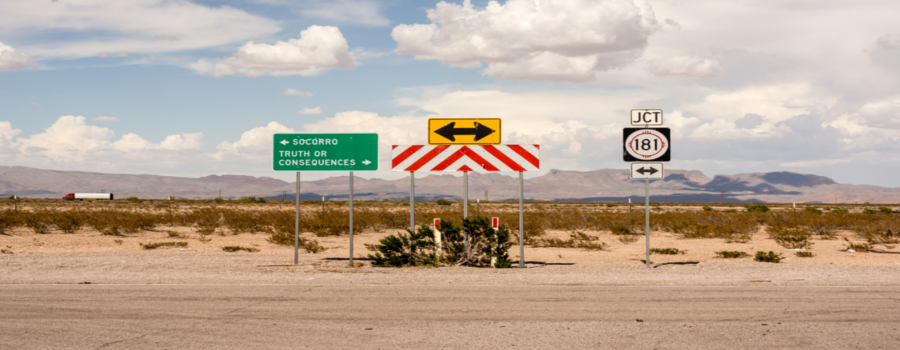
by José Fermoso Domínguez | Jun 21, 2016 | CARTIF Blog, Environment
In the first part of this post, we talked about the conclusions we heard in an interesting conference about air quality. After that, we decided two to do two things. On the one hand, to share the figures and conclusions there exposed and on the other hand, to work at self-examination, thinking about our behavior as citizens. What happens when someone asks us if we are willing to use public transport more often? Or to organize ourselves to reduce the number of our daily trips using the private car? We broached the subject of our rights:
• We have a right to buy wherever we want. We love e-commerce. We are able to buy Chinese oranges on the internet and to ask for bringing them to our home. And if we were not there when company arrives, we are asking for returning another time. To exercise this right involves the use of vans to our home with very low occupancy rates. And not visit the neighborhood greengrocer, of course!
• We have a right to have the car we want, with a good engine and diesel (don’t forget it is cheaper), even for an urban use such as shopping or bringing children to school
• We have a right to move anywhere within the urban public space. We intend to arrive to the center of our city driving and to find available parkings there. It is better than largest urban parks.
• We have a right to choose where to live and normally, we prefer the suburbs, with good quality of life (and good air). Moreover, we are moving with our private car whenever necessary, regardless of the reason. And of course, being the only occupant of our vehicle.
• We have a right to have public transport, anywhere and at any time, although sometimes the transports are running practically empty at certain periods.
• We have a right not to meet delivery vans in the middle of the street and we agree on the fact that Authorities restrict the time in which they are able to circulate through the city center. This means that companies have to increase their fleet with vans with poorer quality in order to have more available units and, consequently, to ensure orders. Including our oranges.
• We have a right to have dumpsters on our doorstep, with frequent domestic rubbish collection. If we do not check that truck passes several times a day, we are complaining.
• We have a right to review our vehicles periodically, but we order to companies which carry out the compulsory vehicle tests not take too long in the review and not to be expensive. Implementing appropriate control systems for detecting “big high-polluting cars” would require longer reviews and a higher price.
We are sure that you have ever used these rights to defend your comfort zone but, in CARTIF, we are convinced too that, with a little effort, we could change our habits by more sustainably customs. We know that awareness always takes time, but the same situation happened when the waste separation was legislated or when smoking in public places was banned, and both or them are now fully integrated into our daily practices.
For this reason, we are asking the authorities to let experts advise them both for implementing more measures to encourage sustainable behaviors and to penalize those which are damaging in excess. That is, we should support to have a little less of “individual freedom” in order to have a better air quality.
Because with the use of “our rights” what we are really doing is limiting the freedom of others. The elderly, children or people with respiratory diseases are risk groups and their health largely depends on the quality of the air they breathe.
Miguel de Cervantes wrote in his work Don Quixote: “Freedom, Sancho, is one of the most precious gifts that heaven has bestowed upon men; no treasures that the earth holds buried or the sea conceals can compare with it; for freedom, as for honour, life may and should be ventured (…) “.
Then, let us venture.
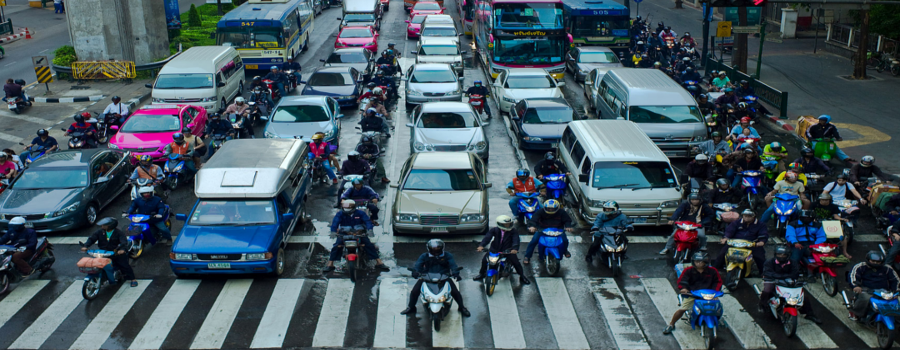
by José Fermoso Domínguez | Jun 7, 2016 | CARTIF Blog, Environment
We are not angry, of course, what really happens is that air quality issue concerns us greatly in CARTIF. A few weeks ago, we attended a workshop entitled “Technical solutions for reducing emissions from mobility“, held in MAGRAMA (Spanish Ministry). The panel of speakers was made up of a related group of professionals from the mobility sector, in its broadest sense, and all of them exposed several experiences, technical solutions, problems and challenges for the future.
As we drew some conclusions and we heard data which need to be shouted from every corner (although they may irritate us!), we are inaugurating, with this blog post, a series where we are telling you what was said there (part I) to question our rights as citizens (part II) … is our well-being real?
Let’s start from the beginning. The conference opened with a kindly reminder to the assistants about the effects of poor urban air quality. This problem was the common theme of the entire workshop because it is a topic that cannot be forgotten, it concerns our health. Look at these figures: 33,200 people died because of urban air quality effects in Spain in 2013 (390,419 was the total) and 491,000 died prematurely in the EU-28.
With such a strong beginning, and without forgetting there is no exaggeration in these data, we are telling you some considerations:
1. Sustainable Urban Mobility Plans (SUMP) are being implemented in cities with the aim of improving mobility and make it more sustainable, or what would be the same, reducing individual transportation by internal combustion engine cars. At this point, the conclusion was unanimous, it should be asked to the municipalities to try to be more ambitious in their actions and one of the main axes of their policy should be to improve urban air quality. It seems clear that necessary management measures will be needed fundamentally. Do you know one of the recent initiatives of the Mayor of London? We love it.
2. It seems clear that new technologies in traffic management as long as to encourage car-sharing will be a help for mobility problems, but their actual impact is very limited. Let’s legislate them for the good of all.
3. Volkswagen emissions scandal was mentioned, of course. It was said that automotive industry has developed important improvements on vehicles during recent years, which have led to significant reductions in fuel consumptions and pollutant emissions (without addressing irregularities thereon). Nevertheless, improvements are still needed.
4. Up to now and according to sales figures, technologies for vehicles and alternative fuels cannot compete without economic incentives against the conventional ones. Once more, to promote Research and Development may be the key factor to achieve it.
5. Greater control over the actual condition of the vehicles and the identification of “big high-polluting cars” are necessary. During the conference, it was mentioned that there are already clear publications showing that a relatively small percentage of vehicles would be responsible for high rates of pollutants emissions, and not only among the oldest ones.
We know that to keep citizens calm is the main objective during this kind of formal conferences but, from our point of view, it should be more taxative and make clear that vehicles combustion engines and heatings mainly cause urban air pollution. And this issue leads us directly to the analysis of citizens’ daily activities.
To be continued.


